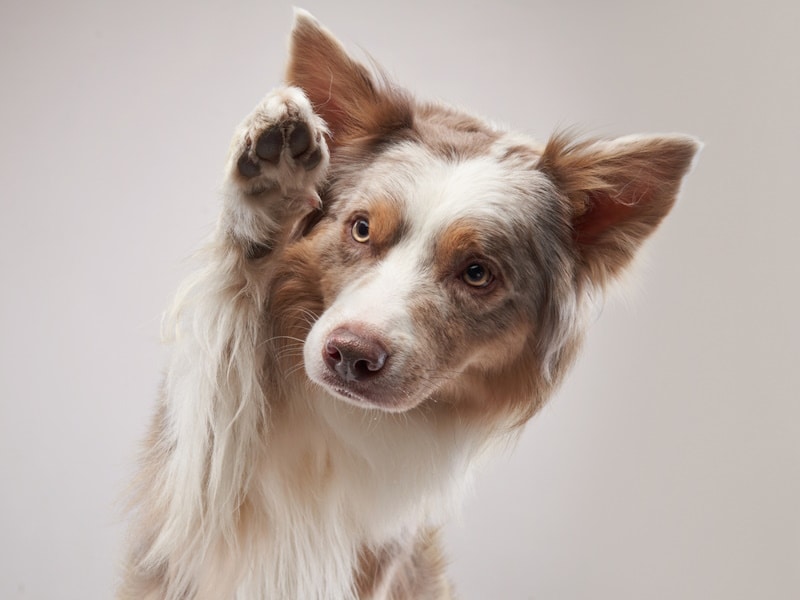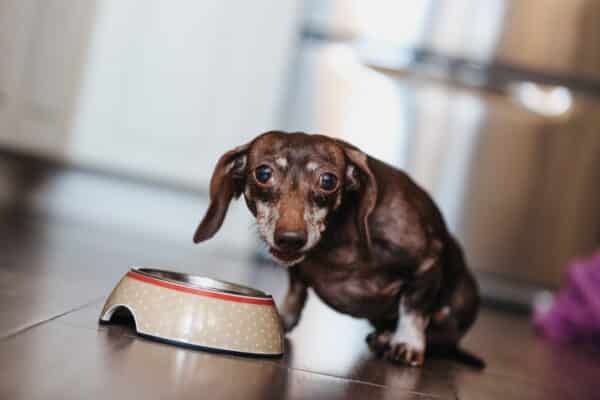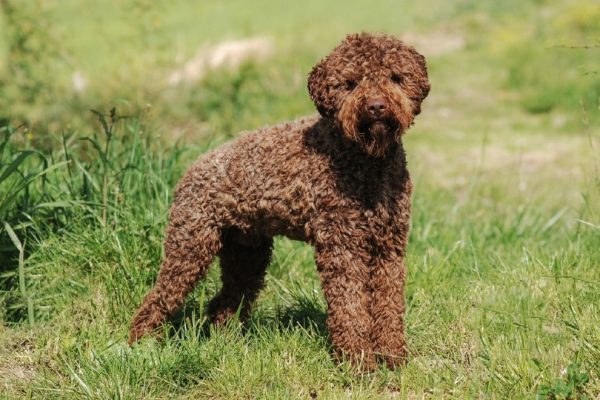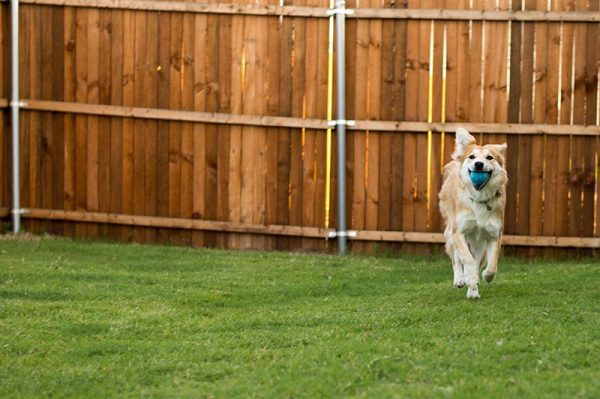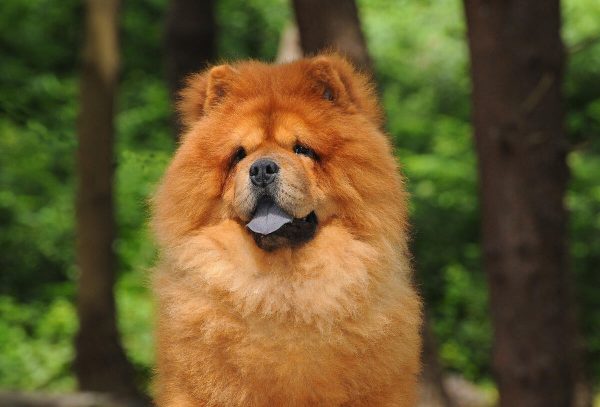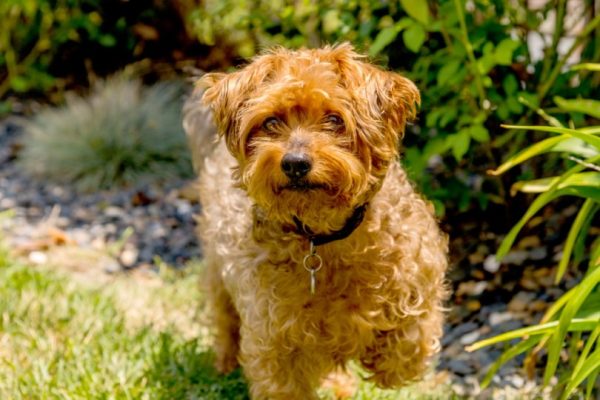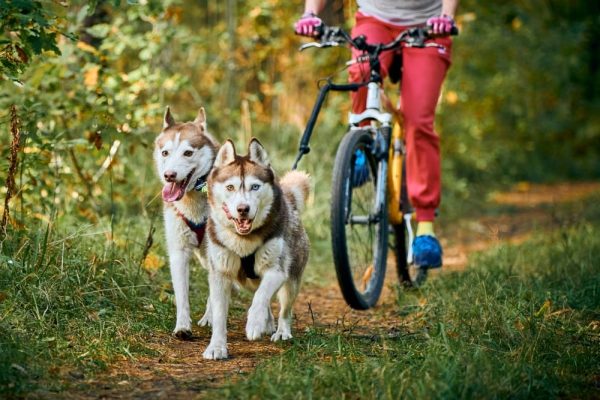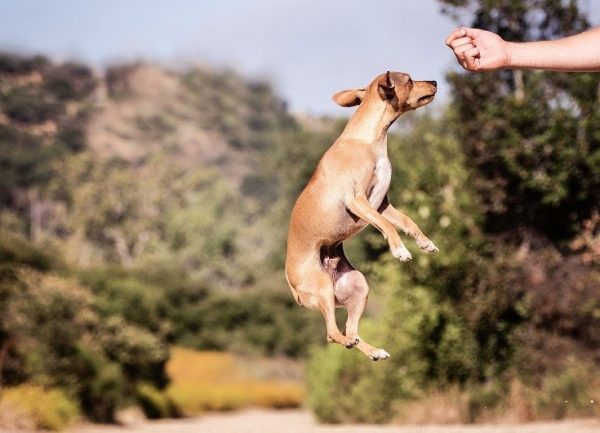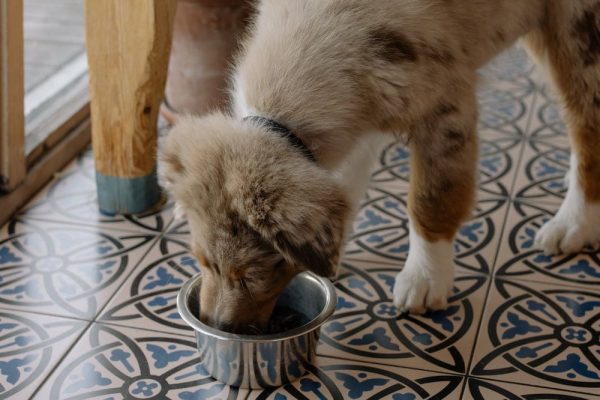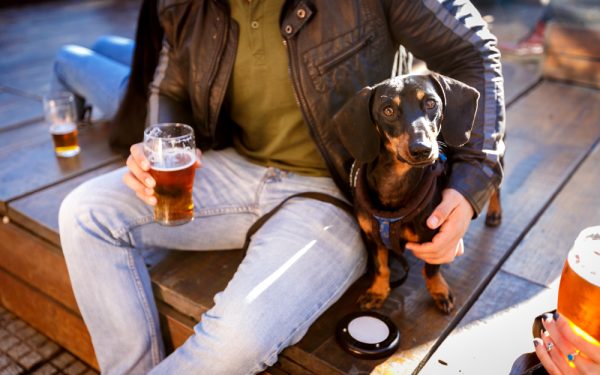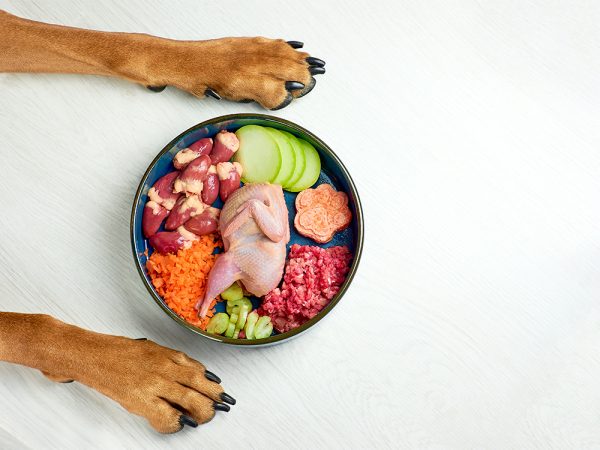Dogs may not share our language, but that doesn’t keep them from being effective communicators. Understanding the nuance of their minor body positions and movements gives you better insight into your dog’s mindset and how to respond to them.
Even something seemingly insignificant, like a lifted paw, can tell us how a dog feels based on the context of the situation and the rest of their body language. Check out these common reasons why dogs lift one paw so you can better communicate with your pet.

The 6 Possible Reasons Why Dogs Lift One Paw
1. Uncertainty or Stress
The primary reason your dog will lift one paw is uncertainty or fear. Paw lifting is a typical displacement behavior showing conflict between two drives, such as the urge to engage with a stranger in the room while also wanting to avoid them.
Your dog likely feels acute stress from being in a novel situation and doesn’t know how to proceed. A startling loud noise may have spooked your dog, or a nearby unfamiliar person or dog could make them anxious.
You will typically see additional signs your dog is unsettled, such as crouching, a tucked tail, pulled-back ears, yawning, mouth licking, and trembling.
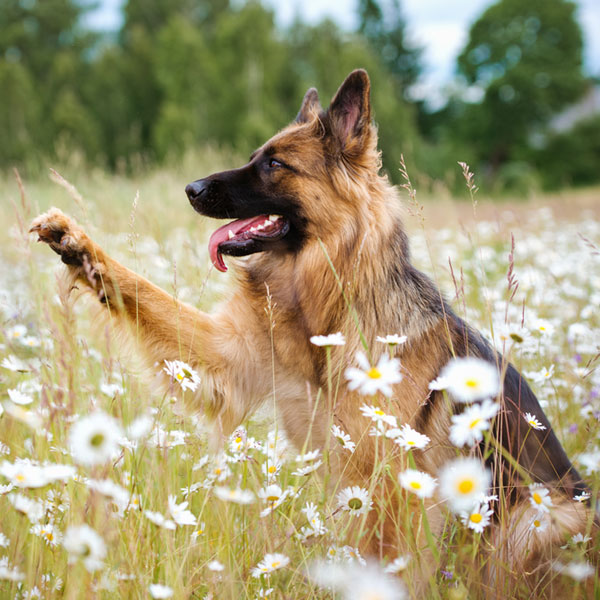
2. Appeasement
Related to the dog’s uncertain feeling, lifting the paw can be a sign of appeasement. If your dog senses potential conflict with a person or other dog, they may raise their paw to submit and avoid an altercation.
The lifted paw typically accompanies other behaviors like licking the muzzle, blinking or averting the eyes, turning the head, or rolling onto their back.
3. Chronic Stress
Paw lifting may indicate chronic stress if you see it occurring frequently in various situations, including non-stressful situations. Other common indicators include a lowered posture and increased self-grooming, vocalizing, and nosing.
Chronic stress often stems from poor welfare and may arise due to separation, poor socialization, abusive training techniques, and significant changes in the household or routine.
If you believe your dog may be suffering from chronic stress, anxiety, injury, or any other ailment, it is advisable to contact a vet. With a telehealth service, you can reach a licensed vet from the comfort and security of your own home.
4. Anticipation
Dogs may lift one paw to show anticipation. It could be something making them worried or something exciting that’s giving them a positive feeling, like a treat or affection.
They’re still uncertain but not fearful, acting as if they’re ready to accept a reward even though they’re not sure what it is or when it will come. The ears won’t be back but remain forward and alert, the tail will be out, and the head will be up and waiting for a response.
5. Hunting Instinct
Sometimes, a dog’s lifted paw has nothing to do with uncertainty and instead occurs as part of their instinct. Paw lifting is one of several movements for pointers as they stop and indicate the direction of nearby game for their hunting partner.
The behavior is more instinctive in hunting dogs like English Setters, Brittanys, and GSPs, but almost any dog can show the behavior. If you notice your dog do this while sniffing around outside, it means they’ve locked onto an intriguing scent worth exploring.
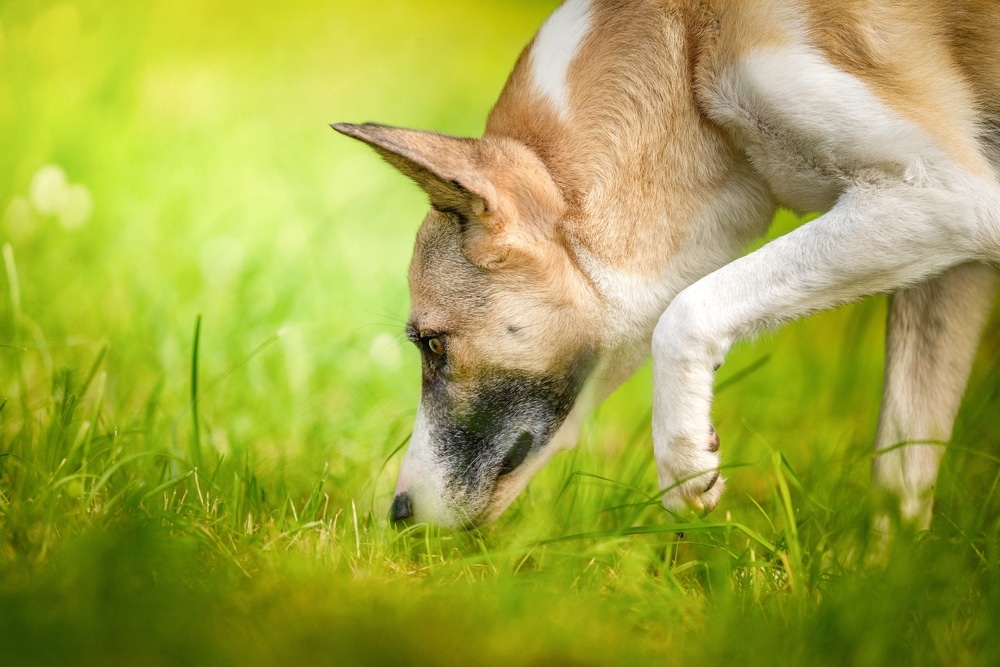
6. Injury
Finally, dogs may lift their paw if it hurts or something got stuck in it, such as a grass seed, gravel, or a piece of glass. Besides holding a paw up, they may refuse to use it altogether, hopping on three legs or limping, and they will often lick it excessively. Check your dog’s paw if they will let you to see if there’s a wound, a foreign body, or another kind of injury, and get them checked out by your vet.

Conclusion
Lifting one paw can have multiple meanings, but it’s rarely a behavior to ignore. In most cases, a raised front paw shows your dog feels conflicted, and you could make a difference in putting them at ease.
Pay attention to the signs surrounding your dog’s raised paw to see whether they’re stressed, unsure, or excited so you can make the best move to make them feel happy and secure. If they are suddenly lifting their paw, combined with limping or excessive licking, get it checked out by a vet.
Featured Image Credit: dezy, Shutterstock
